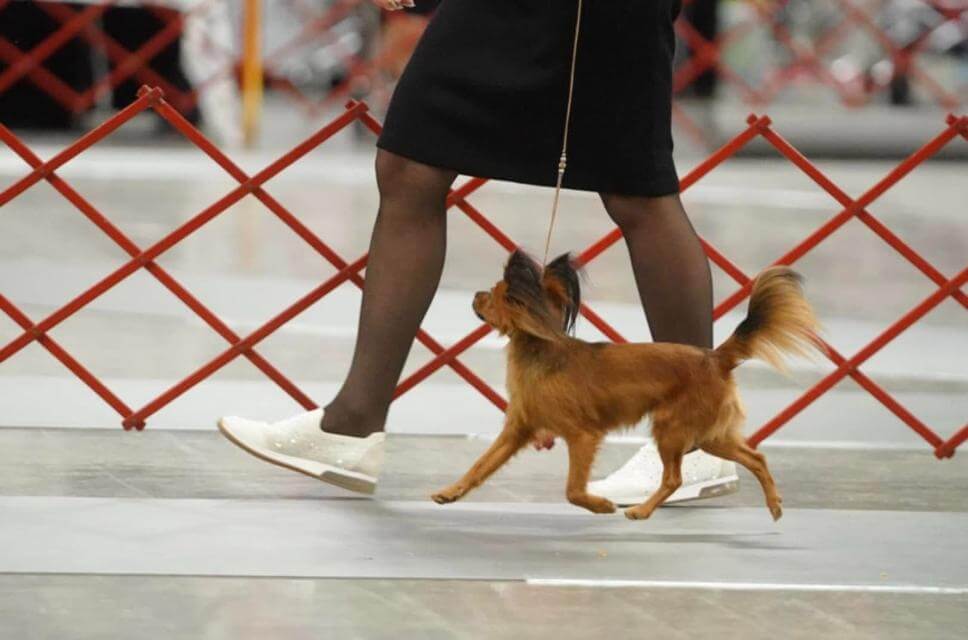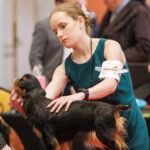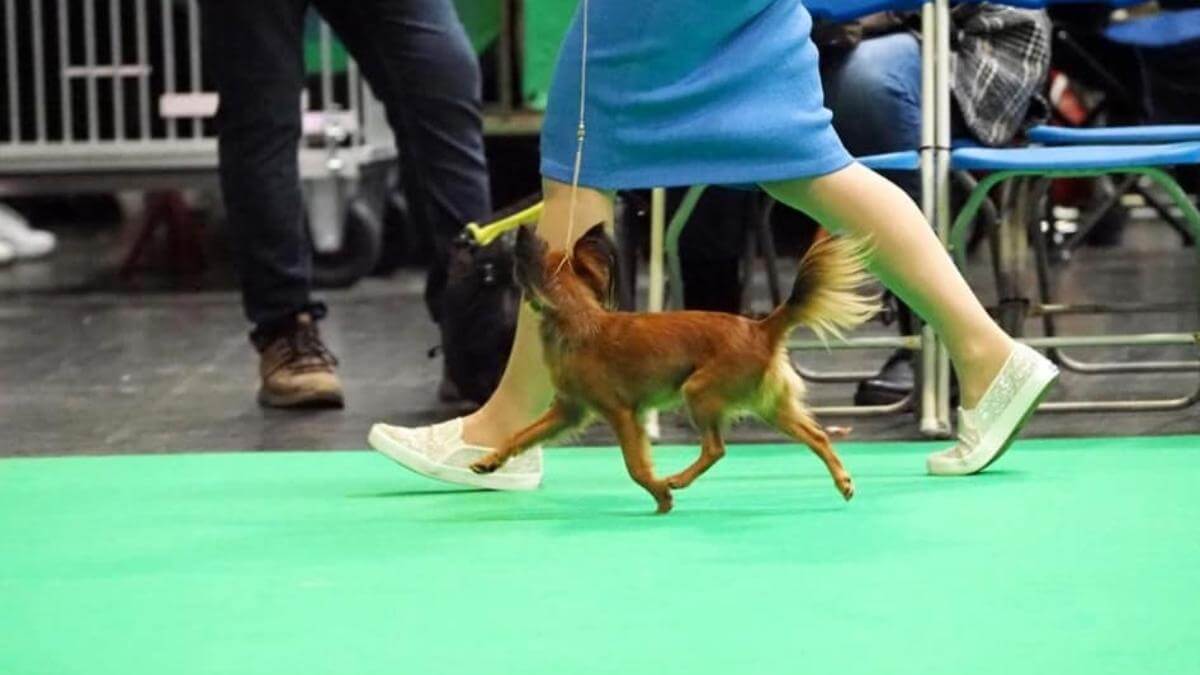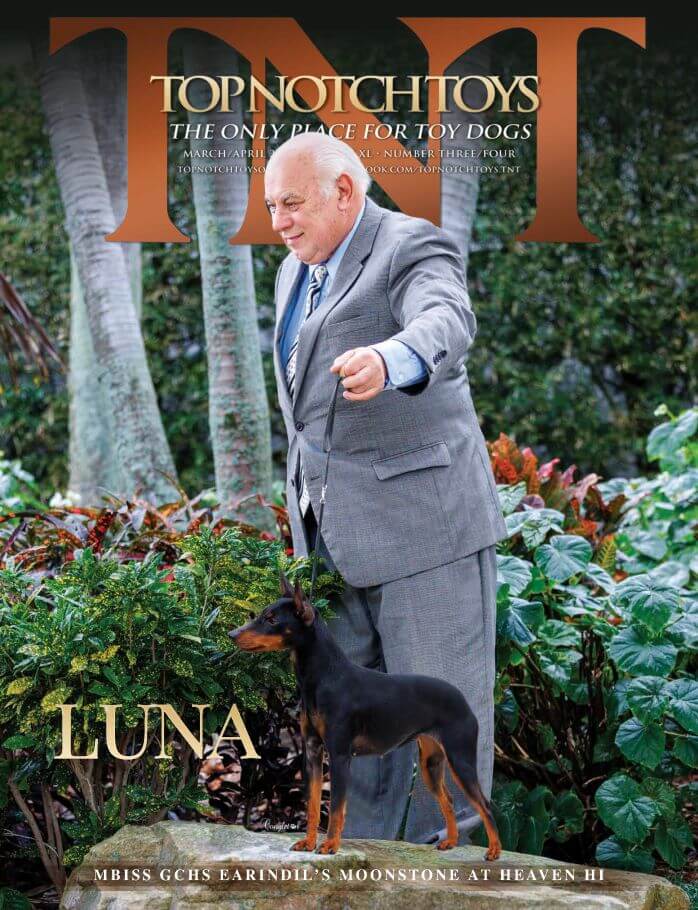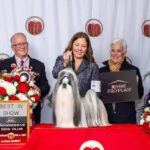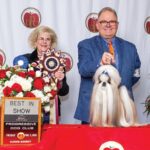Traveling to Crufts on a Russian Toy Adventure – A Lesson in Learning
It has always been on my bucket list to go to Crufts. Despite having lived in Europe for a few years and showing dogs there, I never made it to Great Britain. When a friend with Russian Toys invited me to accompany her to attend the show, I jumped at the chance. In addition to the opportunity to attend Crufts, it would present me with the chance to learn more about Russian Toys.
Where I live, there is usually a small entry and the same dogs from show to show, except in Orlando. I love to study breeds and learn more about dogs, and with 56 Russian Toys entered at Crufts I was sure to be able to see a wide representation of the breed from around the world. It turned out that entries included dogs from the UK, Russia, around Europe, and the US.
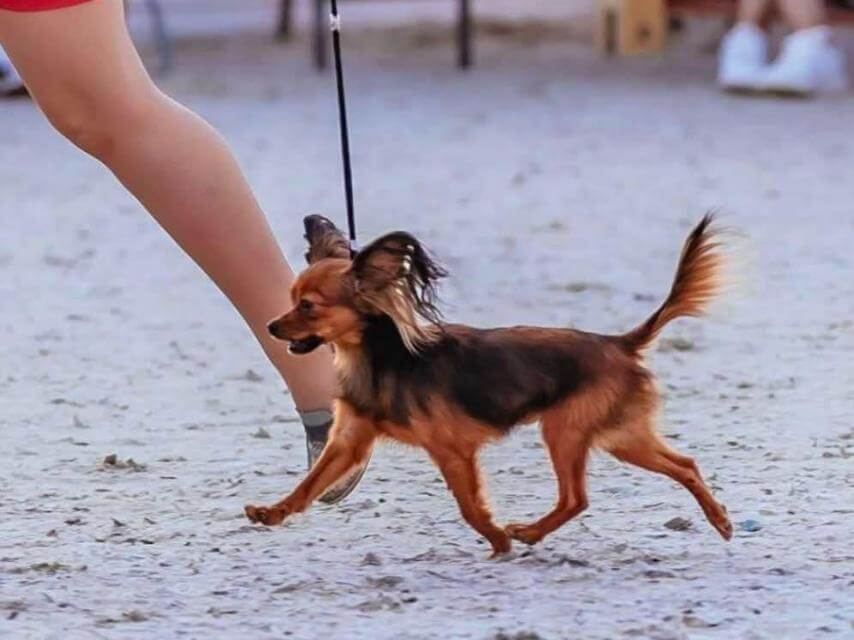
To prepare for this trip, I carefully studied the Breed Standard. I was also blessed to have my friend provide me Illustrated Breed Standards for the Russian Toys. The AKC Breed Standard was only approved in July 2017 and the breed was admitted to the Toy Group in 2022, so they are still very new to many of us showing in AKC.
One thing I was curious about was movement. The Standard is fairly generic in all the variations I’ve read. The AKC Standard calls for, “Gait: Easy, straightforward, fast. No noticeable change in the topline when moving.” Similarly, the FCI Standard states: “Easy, straightforward, light, energetic, moderately reach. The topline is straight; no noticeable change in the topline when the dog is moving.” The Kennel Club (UK) Standard states, “Brisk, positive action, maintaining topline on the move.” I was seeing a variety of movements being rewarded in US rings and was curious to see what the expected movement would be at Crufts. I also planned to discuss it with exhibitors there.
The AKC and the FCI Standards call for similar front angulation, with AKC’s 105 degrees and the FCI Standard calling for an angle of 100-110 degrees, and for the shoulder blade and the upper arm to be approximately the same length. Shoulders of 105 degrees are generally associated with the trotting breeds. The British Standard doesn’t give a specific angle but states, “Shoulders moderate in length, only slightly sloping and forming a rather open angle with the upper arm. Shoulders and upper arms of approximately equal length.”
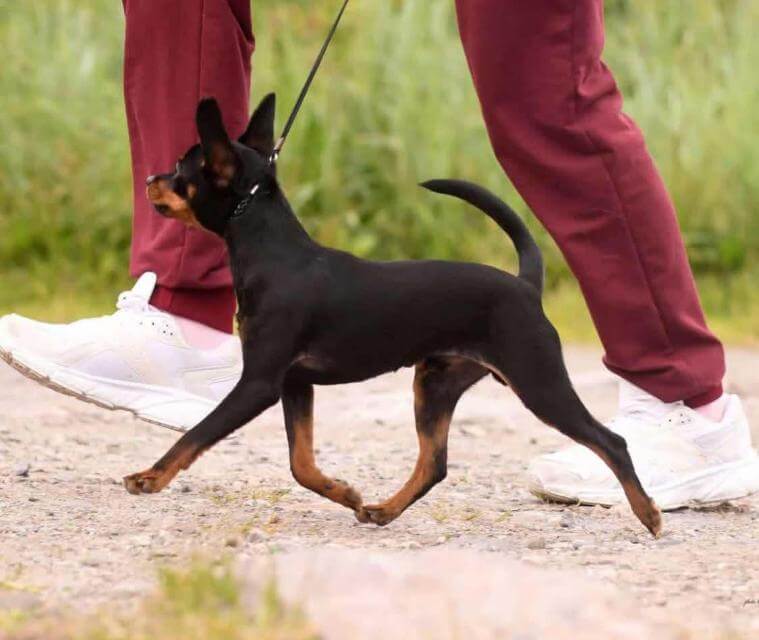
While the Standards don’t specifically address drive and reach, the information on the angulation of the front and rear quarters should guide us to understand the ideal presentation when the dog is being gaited. The 105 degrees called for is slightly more open than the typical 90 degrees often mentioned in discussions about foreleg movement, but it still constructs a shoulder capable of reach in the front. The length of the upper arm and scapula being approximately equal and the degree of angulation influence the length of reach of the front feet and swing of the legs when the Russian Toy is in motion. These together lead me to believe a Russian Toy should have good reach from the shoulder and not hackney. The AKC and FCI Standards basically say, “sufficiently angulated” and “sufficiently bent” for the hindquarters, and The Kennel Club (UK) Standard calls for moderate angulation.
Optimally in dogs, the angulation front and rear should be similar, to provide balance in structure and in movement. The description of the back, loin, and croup also guides us to the expected rear angulation. The back is strong and straight, the loin is short and slightly arched, and the croup is somewhat rounded and slightly sloping, with the tail carried high. The description leads us to a dog who can properly swing his hindquarters to produce drive to propel the dog forward and be in balance with the forequarters.
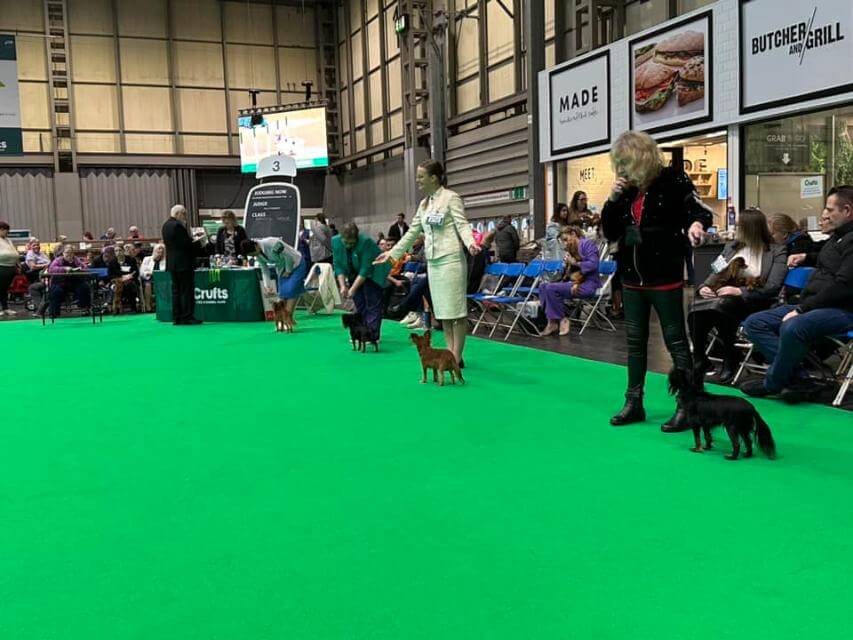
Watching the various Russian Toys at Crufts compete, and carefully looking at what the judge was rewarding, it was obvious that, in sync with breed type and structure, movement was an important element. Nice reach and drive, with the topline showing the straight back, slight arch over the loan with the somewhat sloping croup, crowned with a beautiful high tail, was in evidence and rewarded.
I came back from Crufts with a new and expanded appreciation for the breed. I also came back with the determination to attend Crufts again in the future. The opportunity to see stellar exhibits from around the world and learn about new breeds is an adventure worth traveling for and I highly recommend it. My thanks to Jolanta Terrell for taking me along on her trip to Crufts, and to all the exhibitors and breeders there who spent time talking to me about their fabulous little dogs.
